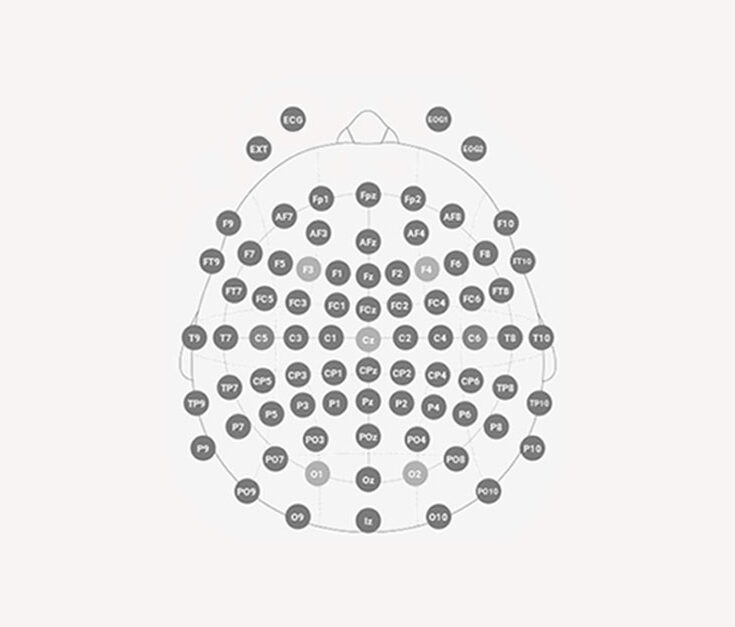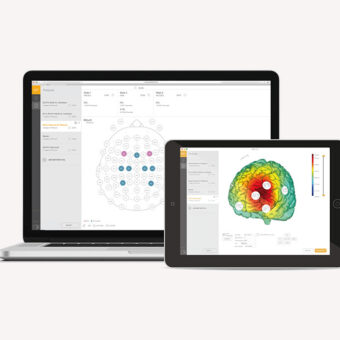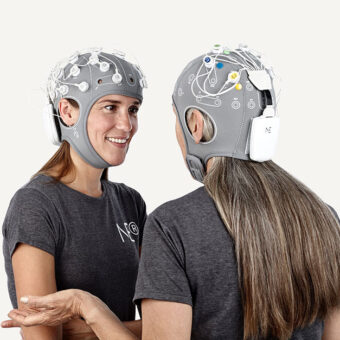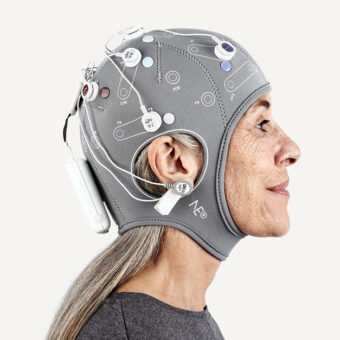Introduction
In a previous article, we covered the fundamental steps involved in EEG data analysis. Building on that foundation, this post delves into the fascinating world of EEG features, which play a pivotal role in a myriad of EEG applications. Electroencephalography (EEG) stands as a powerful tool in the realm of brain activity investigation and comprehension of neurological disorders.
To unlock its full potential, EEG applications heavily depend on the extraction of diverse features from EEG signals, enabling the profound analysis of brain function and the detection of potential abnormalities. Through these features, researchers and medical practitioners gain invaluable insights into the complexities of the human brain, paving the way for groundbreaking discoveries and innovative medical interventions.
Time Domain Features
Time domain features involve analyzing EEG signals in the time dimension. One crucial feature is the Amplitude, which measures the strength of the electrical activity. Another important feature is the Mean Absolute Deviation (MAD), providing insights into signal stability. The Zero-Crossing Rate (ZCR) helps identify rapid changes in the EEG waveform. These features are widely used for real-time monitoring and identifying artifacts in EEG recordings.
Frequency Domain Features
Frequency domain features analyze EEG signals in the frequency spectrum. Power Spectral Density (PSD) is a common feature that quantifies the power distribution across different frequency bands. The Relative Power (RP) calculates the proportion of power in specific bands, such as delta, theta, alpha, beta, and gamma. Additionally, Entropy, measuring signal complexity, aids in assessing cognitive states.
Applications of Frequency Domain Features
Frequency domain features find extensive applications in brain-computer interface (BCI) systems, sleep analysis, and cognitive research. They play a pivotal role in classifying EEG patterns related to motor imagery in BCIs, identifying sleep stages, and differentiating cognitive loads during mental tasks.
Synchronicity Features
Synchronicity features examine the relationship between different EEG channels or brain regions. Coherence, a widely used synchronicity feature, quantifies the level of synchronization between two signals at specific frequency bands. Phase Locking Value (PLV) is another essential measure for assessing the phase synchronization of neural oscillations. These features are valuable for investigating brain connectivity and studying neural networks.
Applications of Synchronicity Features
Synchronicity features have gained prominence in understanding brain disorders like epilepsy, where abnormal synchronization patterns often manifest. They also play a vital role in mapping functional connectivity networks in healthy brains.
Conclusion
EEG features provide valuable insights into brain function, cognitive states, and neurological disorders. Time domain features like amplitude, MAD, and ZCR are crucial for real-time monitoring, while frequency domain features like PSD, RP, and entropy aid in brain-state classification. Synchronicity features like coherence and PLV facilitate the study of brain connectivity and disorders.
Understanding these EEG features enables researchers and clinicians to unlock the vast potential of EEG applications, ranging from brain-computer interfaces and sleep analysis to neurological disorder diagnosis and treatment. As technology advances, these features will continue to play a pivotal role in our quest to comprehend the mysteries of the human brain.
Are you still intrigued by EEG features? Discover more about our Enobio® EEG systems here
References:
- Niedermeyer, E., & da Silva, F. L. (2004). Electroencephalography: Basic principles, clinical applications, and related fields. Lippincott Williams & Wilkins
- Hjorth, B. (1970). EEG analysis based on time domain properties. Electroencephalography and Clinical Neurophysiology, 29(3), 306-310.
- Buzsáki, G., & Draguhn, A. (2004). Neuronal oscillations in cortical networks. Science, 304(5679), 1926-1929.
- Stam, C. J., Nolte, G., & Daffertshofer, A. (2007). Phase lag index: assessment of functional connectivity from multi-channel EEG and MEG with diminished bias from common sources. Human Brain Mapping, 28(11), 1178-1193



